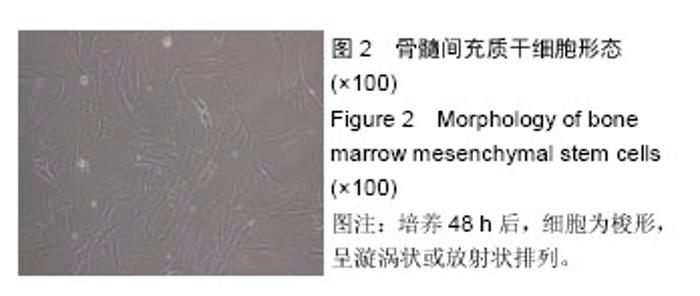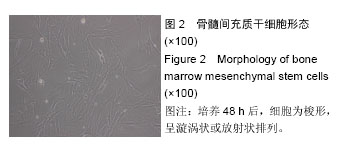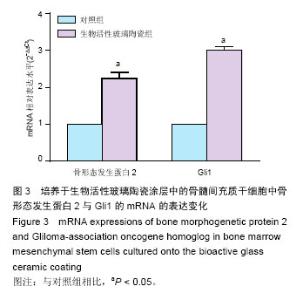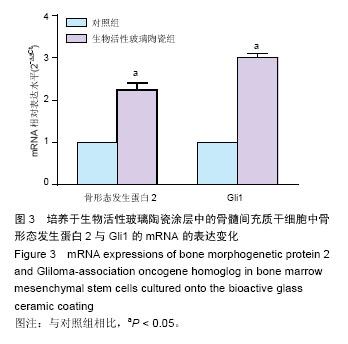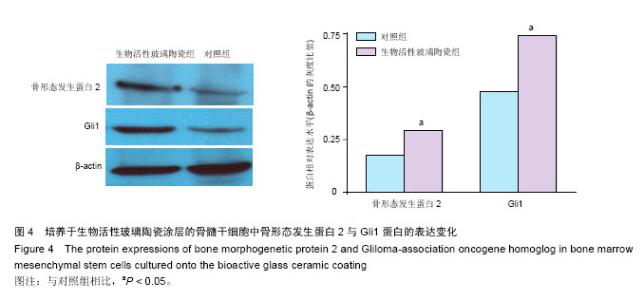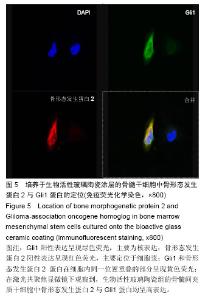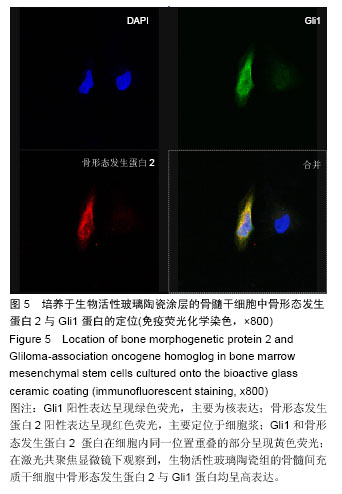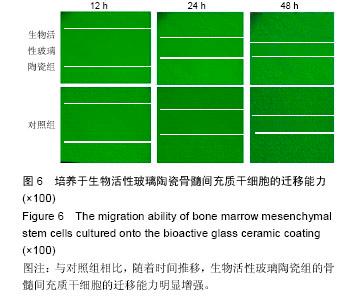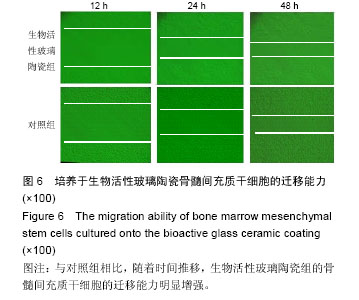| [1]Hench LL, Thompson I. Twenty-first century challenges for biomaterials. J R Soc Interface. 2010;7 Suppl 4: S379-391.
[2]鹿鸣,张雪松,常丽,等.可塑型生物活性骨修复材料的制备及性能表征[J].中国组织工程研究, 2015,19(21): 3323-3328.
[3]宁青菊,于成龙,沈青.烧结法制备生物活性玻璃陶瓷材料[J].功能材料,2004,35(z1):2388-2390.
[4]陈晓明,李志刚,闫玉华,等.钛合金人工关节柄烧结复合生物活性玻璃陶瓷涂层的研究[J].中国生物医学工程学报, 2001,20(1):28-32.
[5]王石磊,田琰,吴洪亮,等.钛基植入体用生物陶瓷涂层研究进展[J].生物骨科材料与临床研究,2009,6(1):49-52.
[6]吴进明,早川聡,都留寛治,等.钛金属表面生物陶瓷涂层研究的现状[J].硅酸盐学报,2003,31(7):692-697.
[7]周朝玺.磷酸钙生物活性陶瓷的研究现况及临床应用[J].中国骨与关节损伤杂志,2015,30(2):220-223.
[8]Capello WN, D'Antonio JA, Manley MT, et al. Hydroxyapatite in total hip arthroplasty. Clinical results and critical issues. Clin Orthop Relat Res. 1998;(355): 200-211.
[9]D'Antonio JA, Capello WN, Manley MT, et al. Hydroxyapatite femoral stems for total hip arthroplasty: 10- to 13-year followup. Clin Orthop Relat Res. 2001; (393):101-111.
[10]关呈超,蒋欣泉,张富强.刺猬蛋白信号通路与成骨的关系[J].国际口腔医学杂志,2009,36(2):221-223.
[11]Pan A, Chang L, Nguyen A, et al. A review of hedgehog signaling in cranial bone development. Front Physiol. 2013;4:61.
[12]李明辉,郭风劲.骨骺生长板PTHrp-Ihh信号轴及相关因子调节机制研究进展[J].国际骨科学杂志, 2007,28(6): 348-350, 361.
[13]王守丰,邱勇.软骨内成骨的调控[J].中华外科杂志, 2006, 44(16):1147-1149.
[14]孙健,余优成,顾章愉,等.BMP-2对大鼠骨髓间充质干细胞成骨作用的影响[J].上海口腔医学, 2011,20(4):352-357.
[15]孙明霞,谈万业,赵华强,等.生物活性玻璃陶瓷与骨膜源性成骨细胞体外相容性的实验研究[J].口腔颌面外科杂志, 2008,18(6):394-397.
[16]Montazerian M, Dutra Zanotto E. History and trends of bioactive glass-ceramics. J Biomed Mater Res A. 2016;104(5):1231-1249.
[17]张永先,汤继文,蔡锦方.生物活性玻璃陶瓷对成骨细胞影响的体外实验研究[J].中国矫形外科杂志, 2004,12(21): 1689-1692.
[18]Kim SY, Yoo JY, Ohe JY, et al. Differential expression of osteo-modulatory molecules in periodontal ligament stem cells in response to modified titanium surfaces. Biomed Res Int. 2014;2014:452175.
[19]Liu Y, Wang H, Cheng G, et al. Expression analysis of Gli1 and Gli2 in different tissues and muscle-derived cells of Qinchuan cattle. Genet Mol Res. 2014;13(4): 8767-8775.
[20]Kitaura Y, Hojo H, Komiyama Y, et al. Gli1 haploinsufficiency leads to decreased bone mass with an uncoupling of bone metabolism in adult mice. PLoS One. 2014;9(10):e109597.
[21]罗金英,钟建鑫,舒绍兵,等.Glil基因对人牙周膜干细胞增殖及成骨分化调控机制的研究[J].局解手术学杂志, 2015, 24(3):245-248.
[22]Mori Y, Okumura T, Tsunoda S, et al. Gli-1 expression is associated with lymph node metastasis and tumor progression in esophageal squamous cell carcinoma. Oncology. 2006;70(5):378-389.
[23]Lenton K, James AW, Manu A, et al. Indian hedgehog positively regulates calvarial ossification and modulates bone morphogenetic protein signaling. Genesis. 2011;49(10):784-796.
[24]Murtaugh LC, Chyung JH, Lassar AB. Sonic hedgehog promotes somitic chondrogenesis by altering the cellular response to BMP signaling. Genes Dev. 1999;13(2):225-237.
[25]Kawai S, Sugiura T. Characterization of human bone morphogenetic protein (BMP)-4 and -7 gene promoters: activation of BMP promoters by Gli, a sonic hedgehog mediator. Bone. 2001;29(1):54-61.
[26]郑军,齐新生.骨形态发生蛋白在骨缺损和坏死修复中的成骨机制和运用[J].中国矫形外科杂志, 2004,12(23): 1888-1890.
[27]Hyun SJ, Han DK, Choi SH, et al. Effect of recombinant human bone morphogenetic protein-2, -4, and -7 on bone formation in rat calvarial defects. J Periodontol. 2005;76(10):1667-1674.
[28]Seeherman HJ, Azari K, Bidic S, et al. rhBMP-2 delivered in a calcium phosphate cement accelerates bridging of critical-sized defects in rabbit radii. J Bone Joint Surg Am. 2006;88(7):1553-1565.
[29]郑德宇,姚素艳,刘学,等.转染hBMP-2基因的骨髓基质细胞与生物活性陶瓷复合材料异位成骨能力观察[J].中国临床康复,2005,9(6):38-39.
[30]Wu C, Fan W, Zhu Y, et al. Multifunctional magnetic mesoporous bioactive glass scaffolds with a hierarchical pore structure. Acta Biomater. 2011t; 7(10):3563-3572.
[31]Lei B, Chen X, Wang Y, et al. Surface nanoscale patterning of bioactive glass to support cellular growth and differentiation. J Biomed Mater Res A. 2010; 94(4):1091-1099.
[32]Martin RA, Yue S, Hanna JV, et al. Characterizing the hierarchical structures of bioactive sol-gel silicate glass and hybrid scaffolds for bone regeneration. Philos Trans A Math Phys Eng Sci. 2012;370(1963):1422-1443.
[33]Shah FA. Fluoride-containing bioactive glasses: Glass design, structure, bioactivity, cellular interactions, and recent developments. Mater Sci Eng C Mater Biol Appl. 2016;58:1279-1289. |


